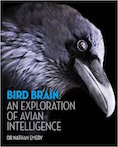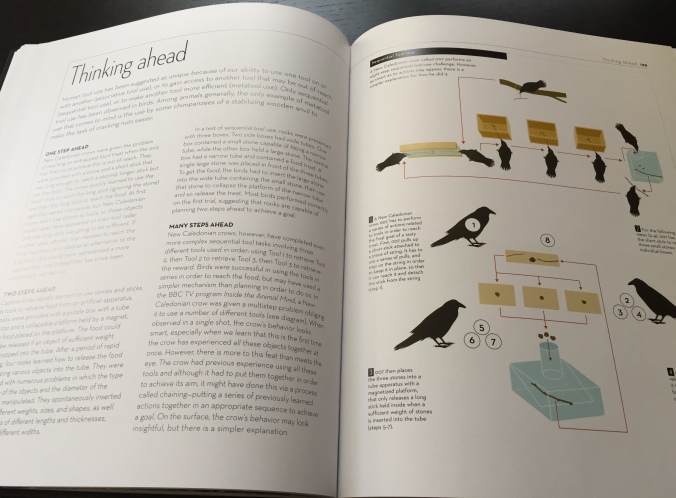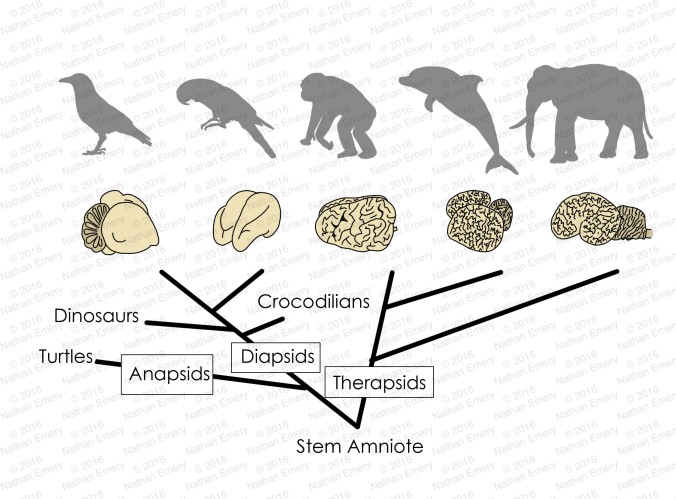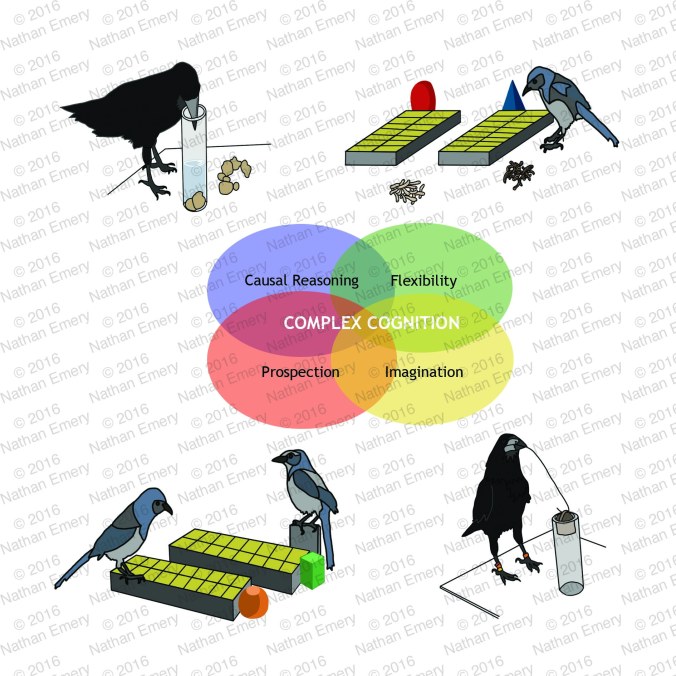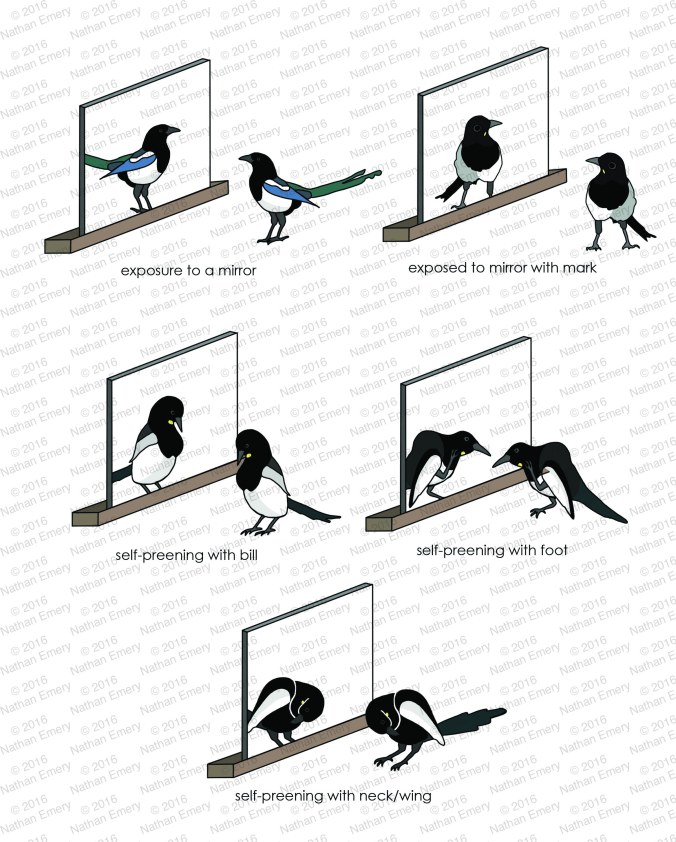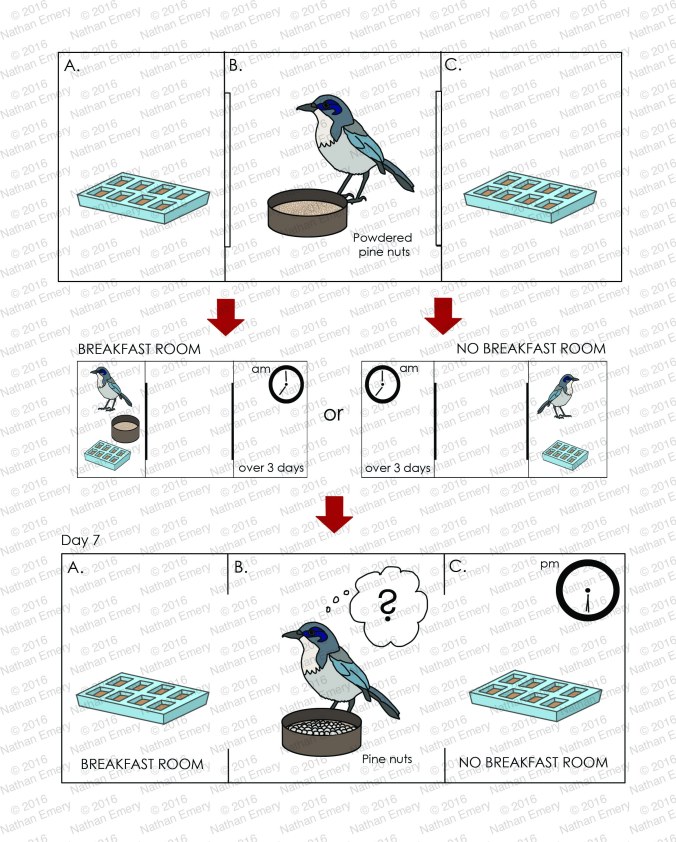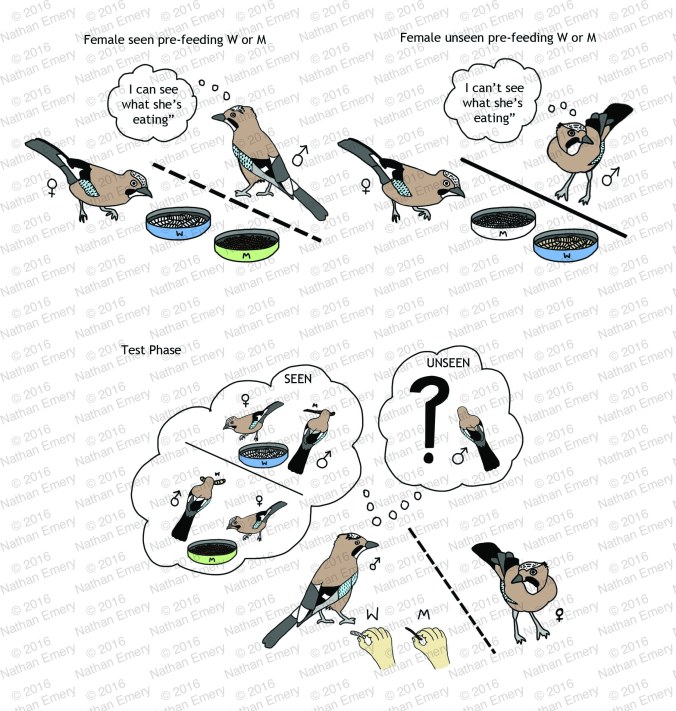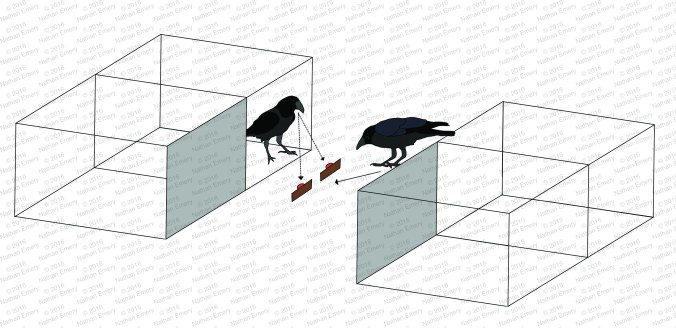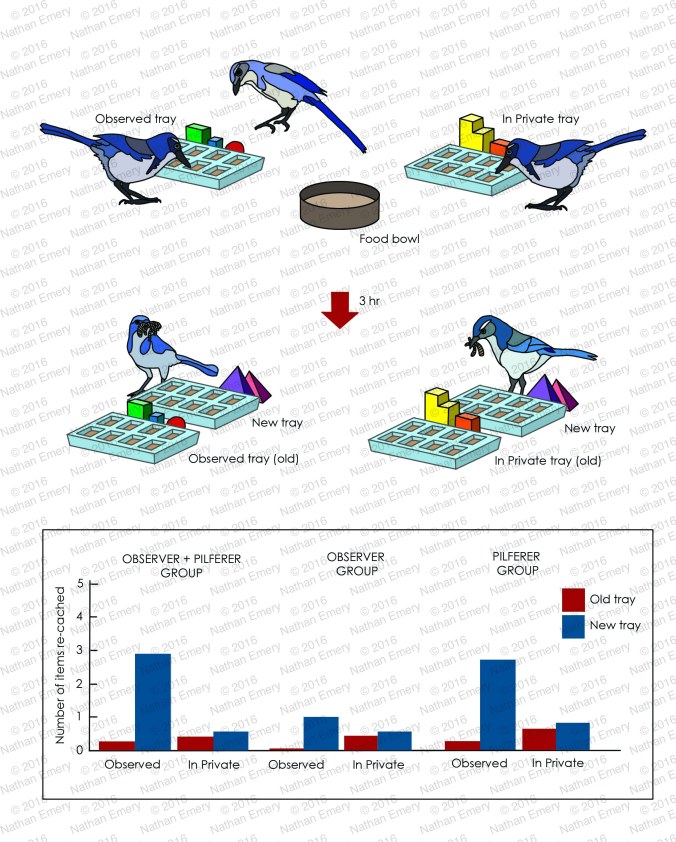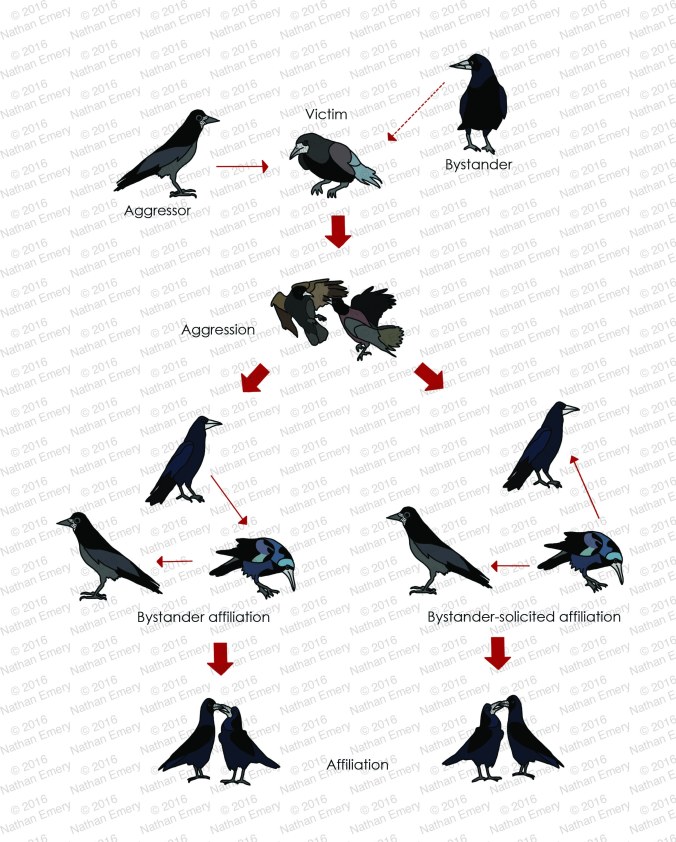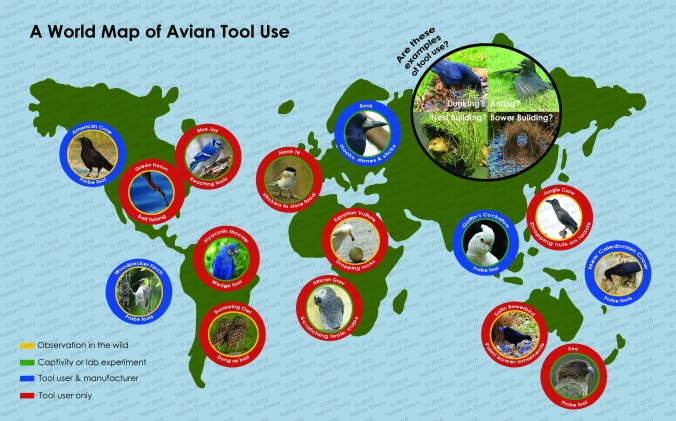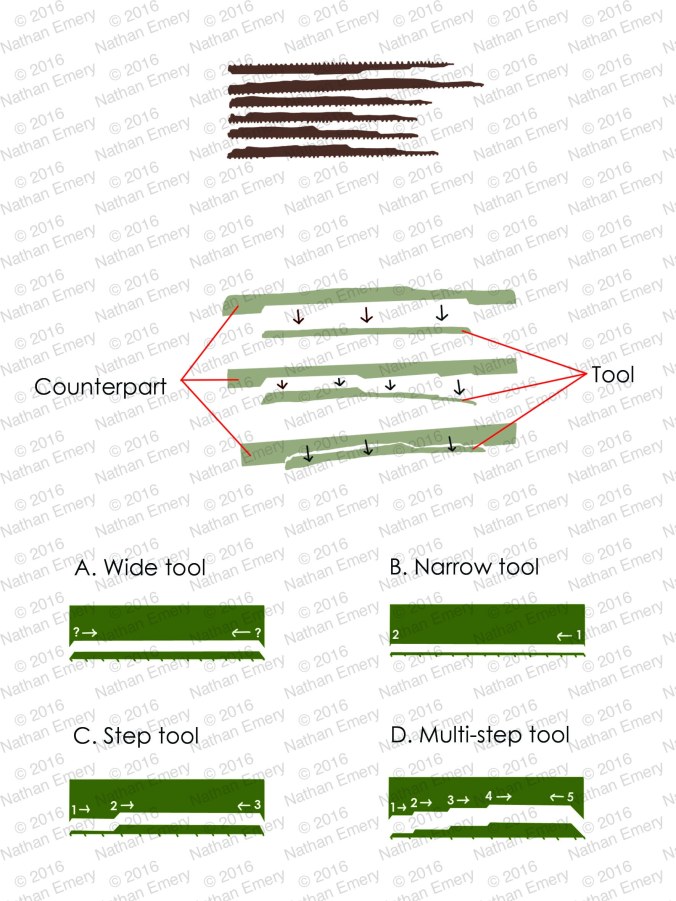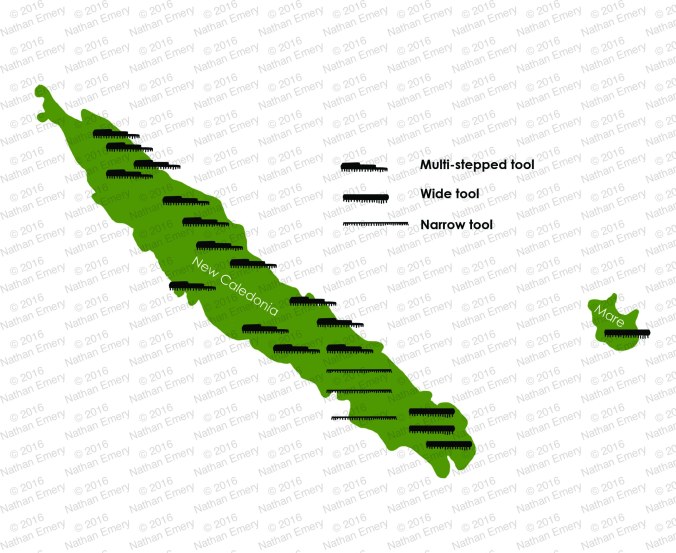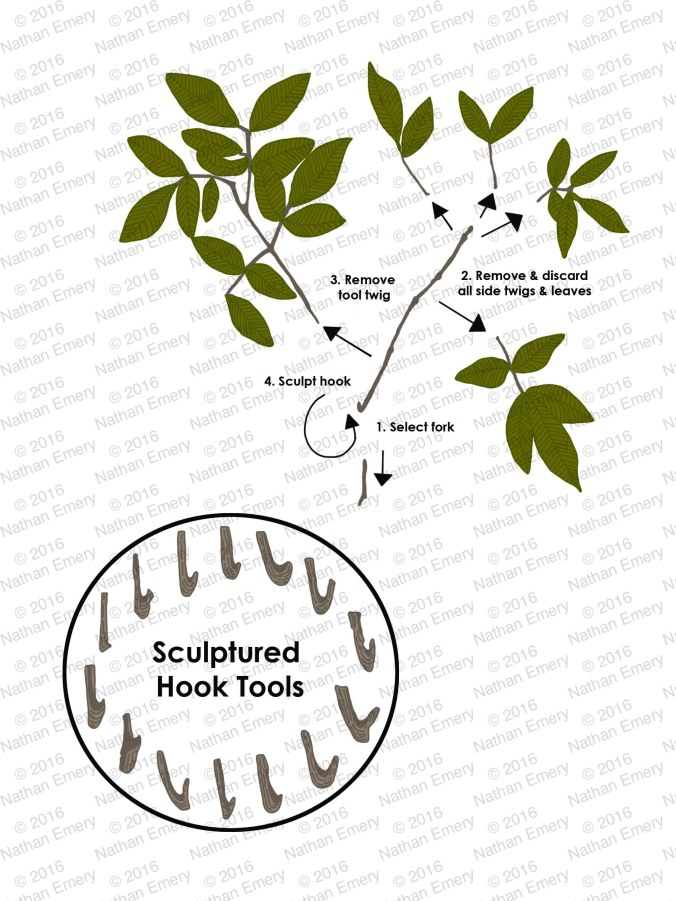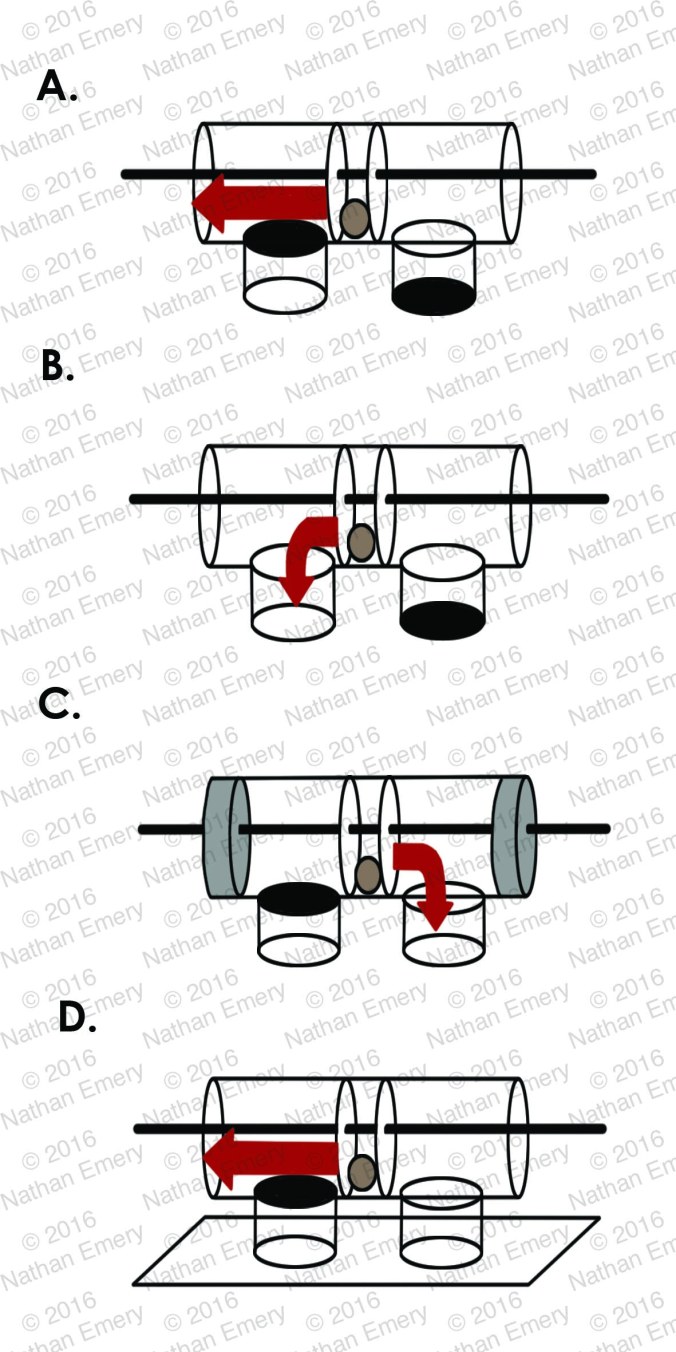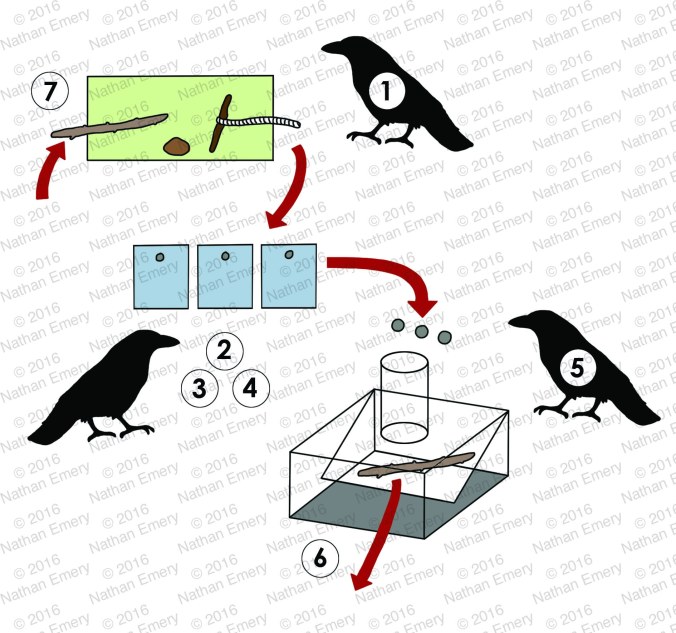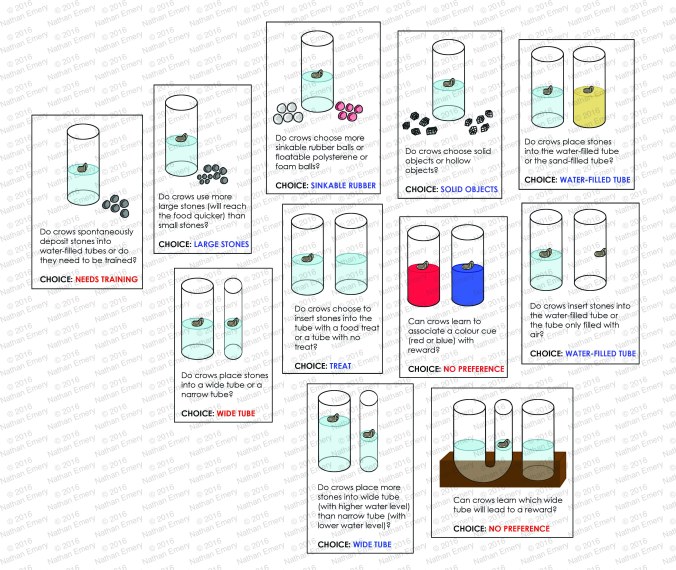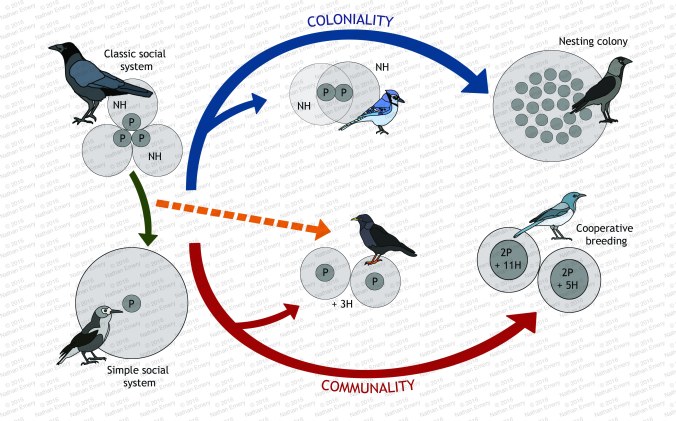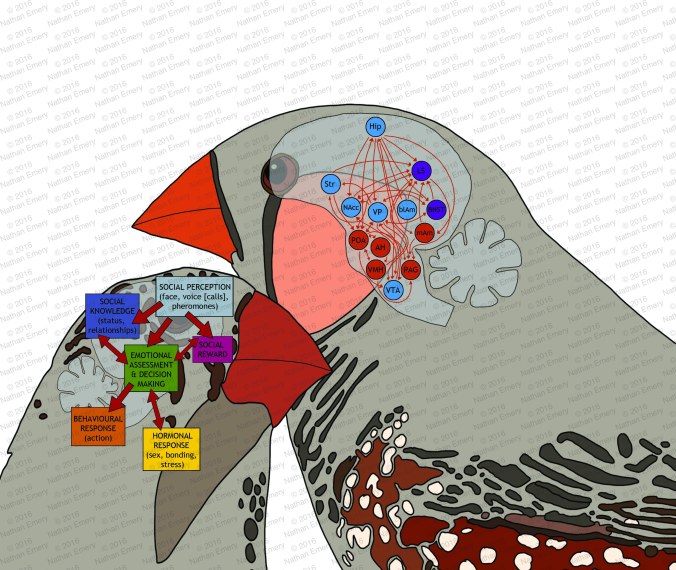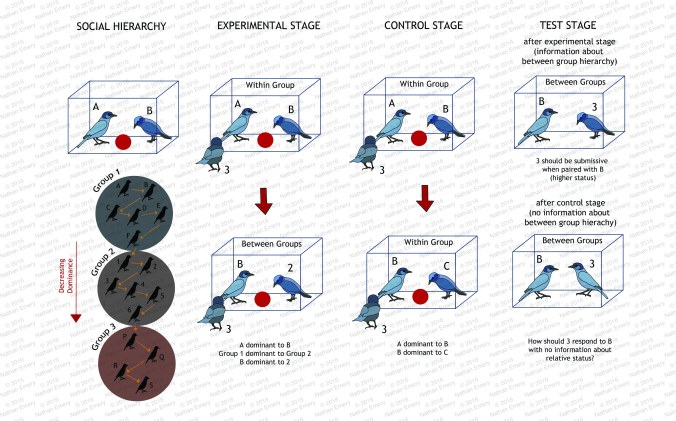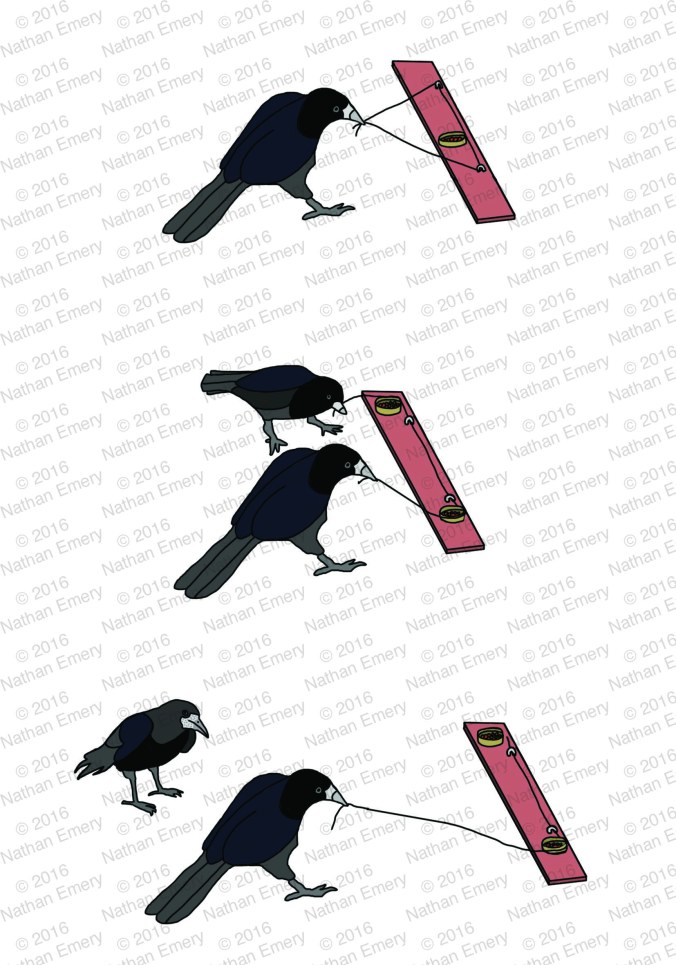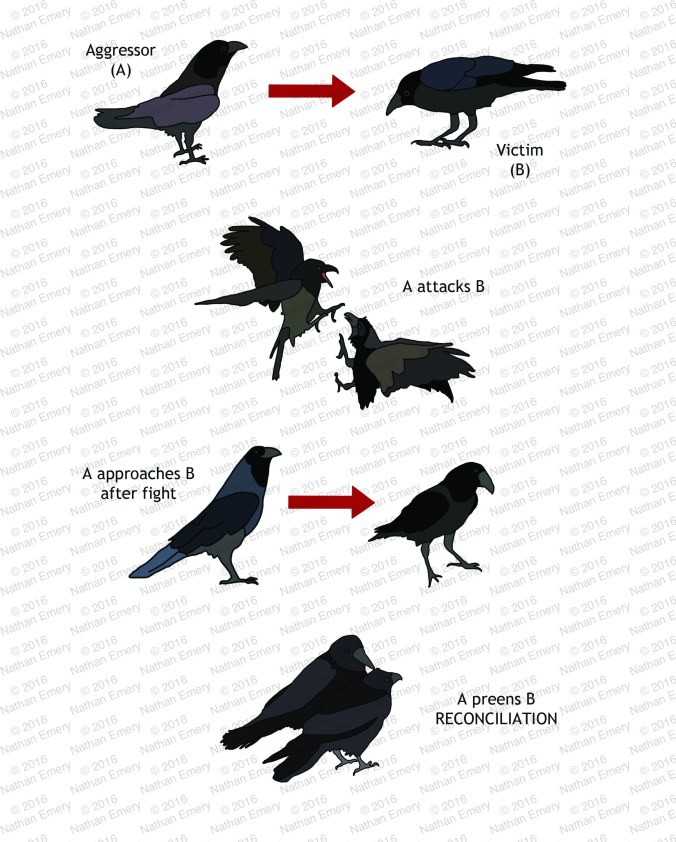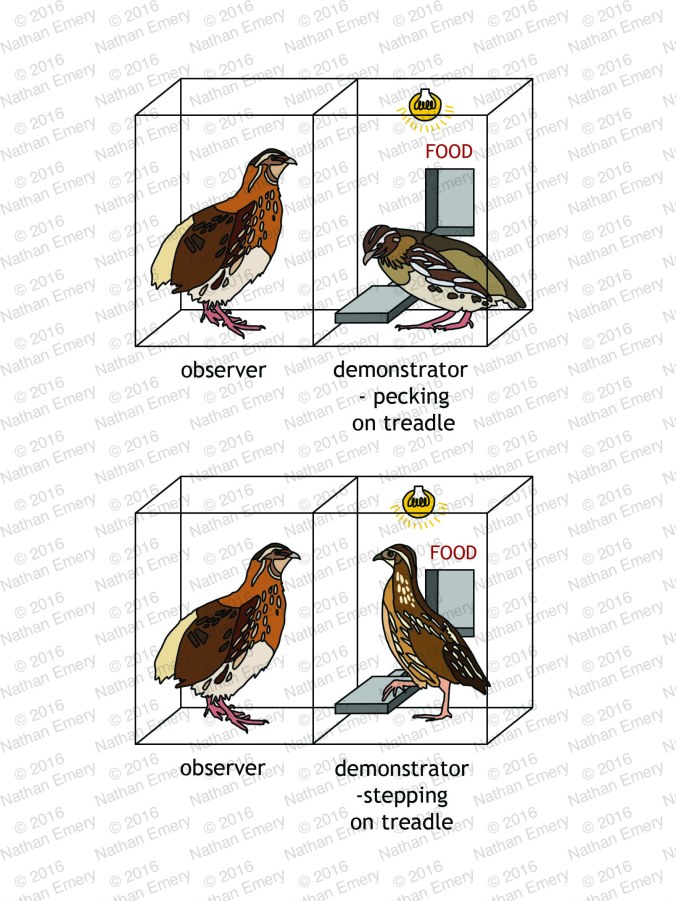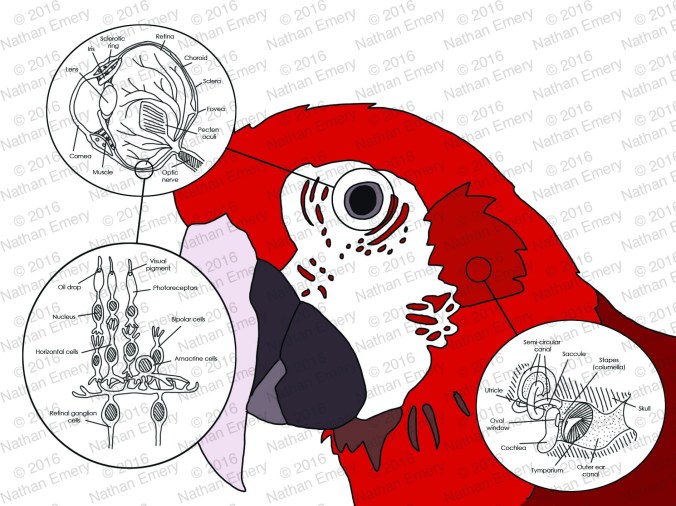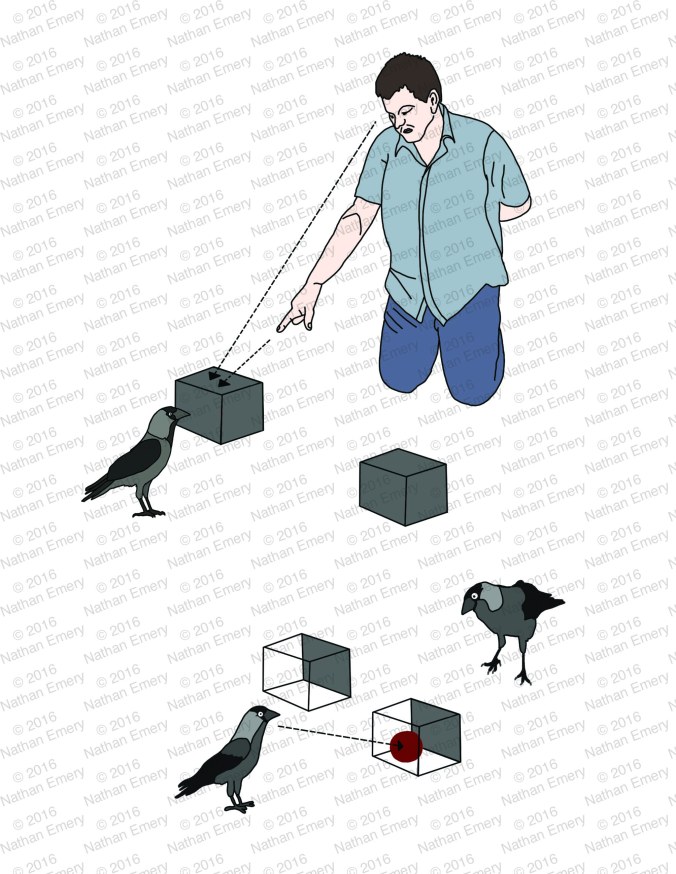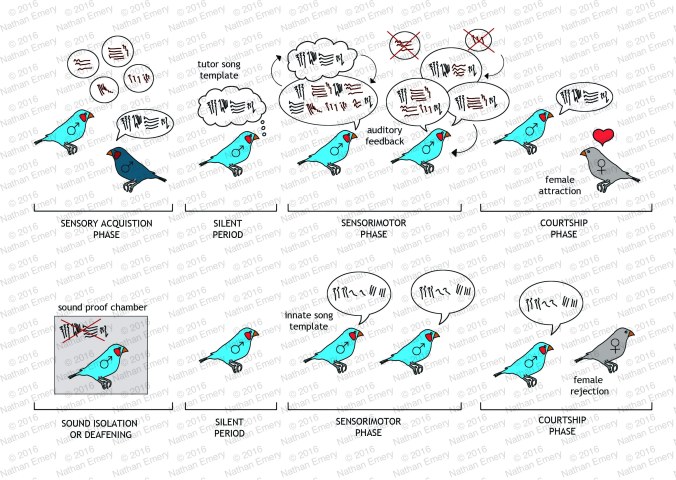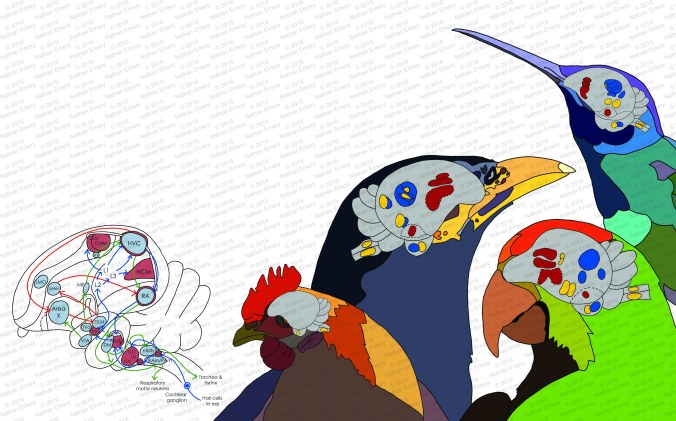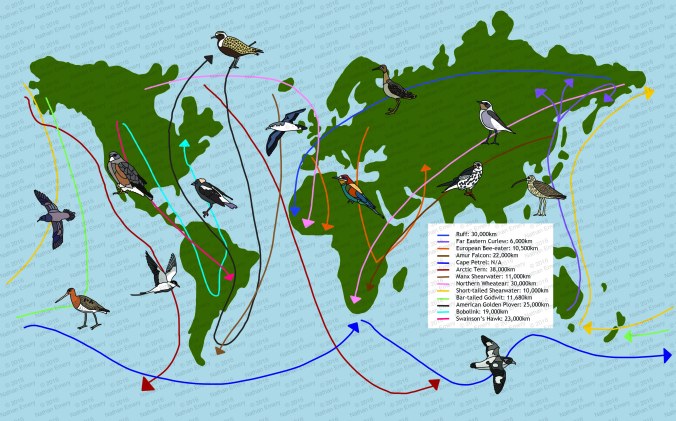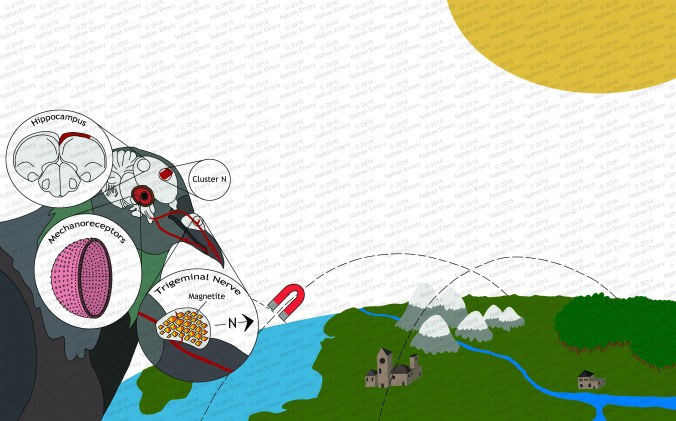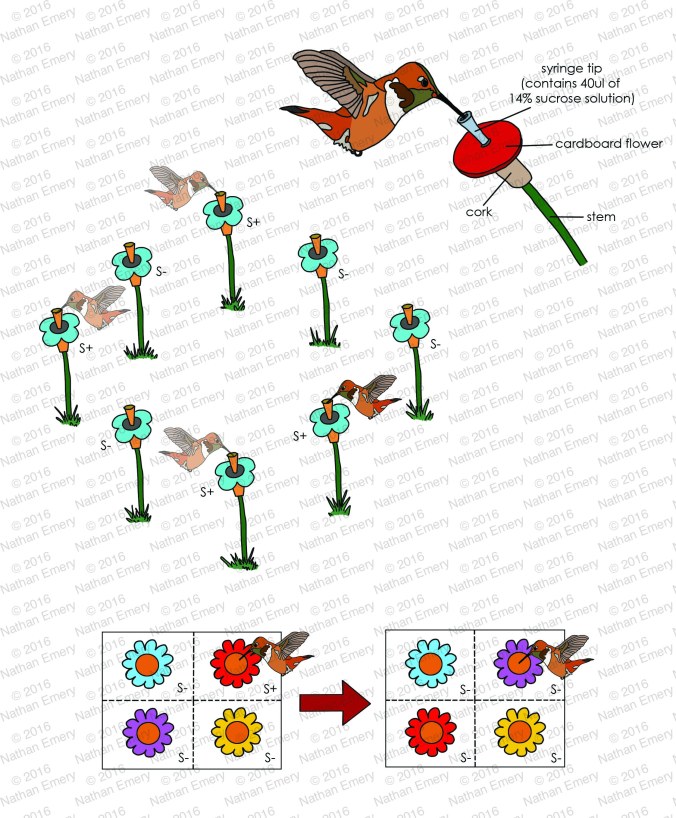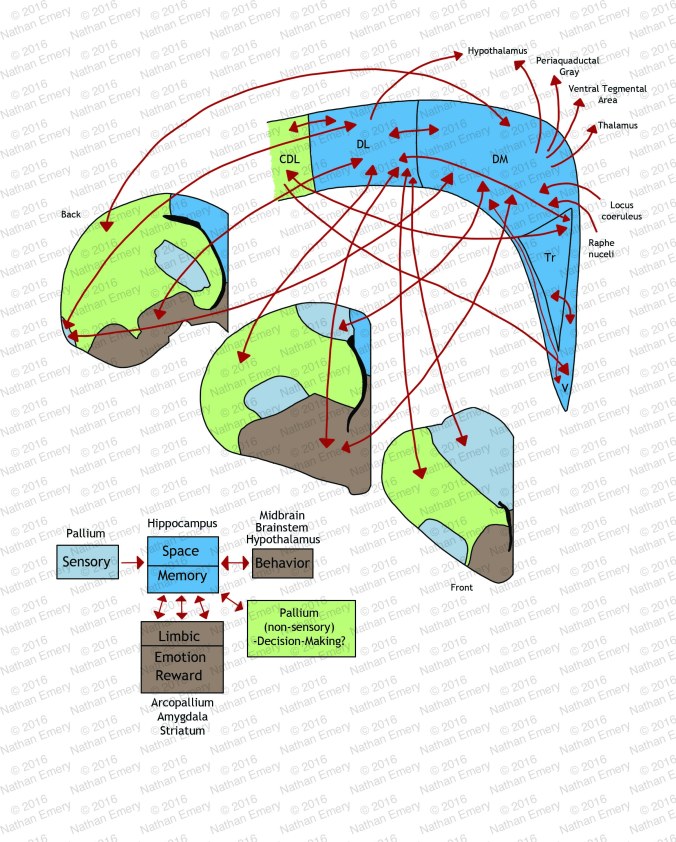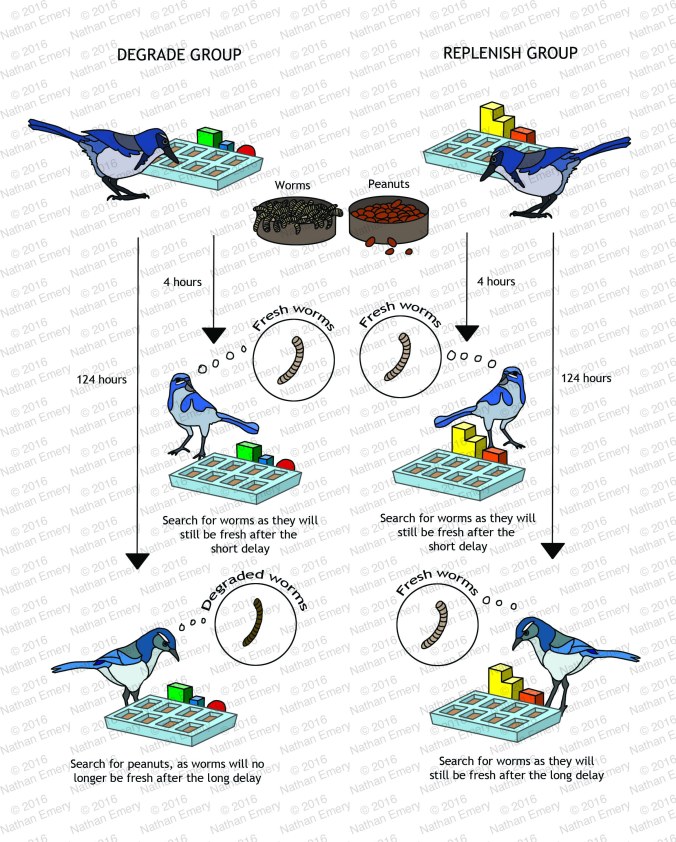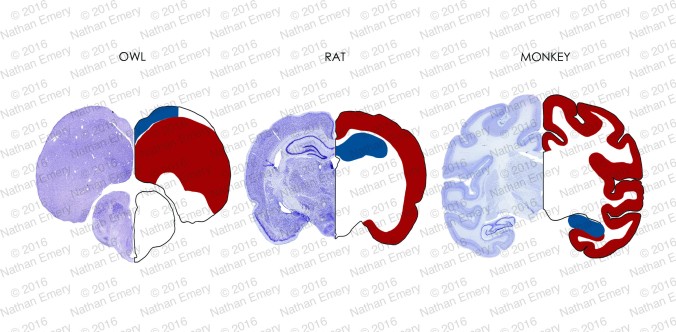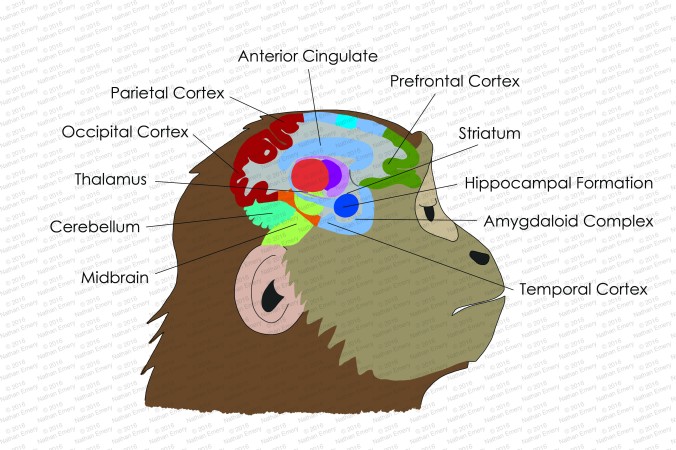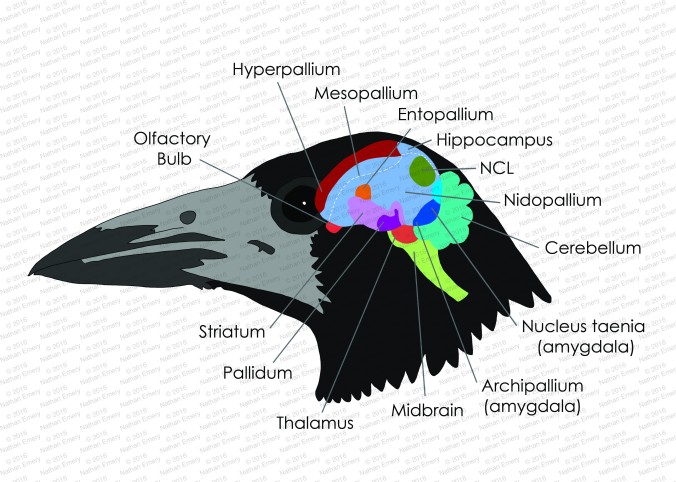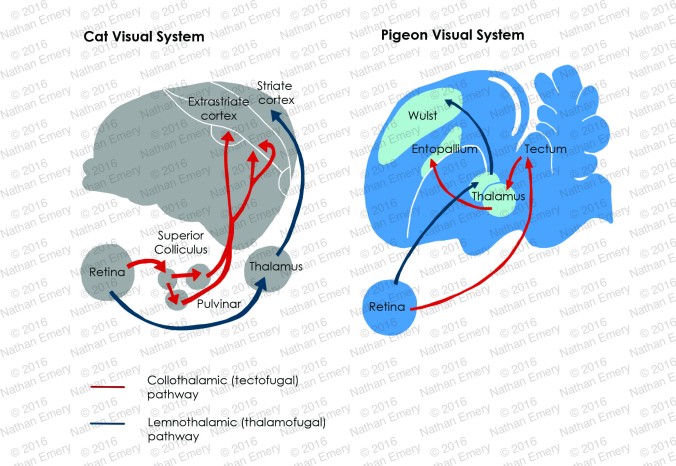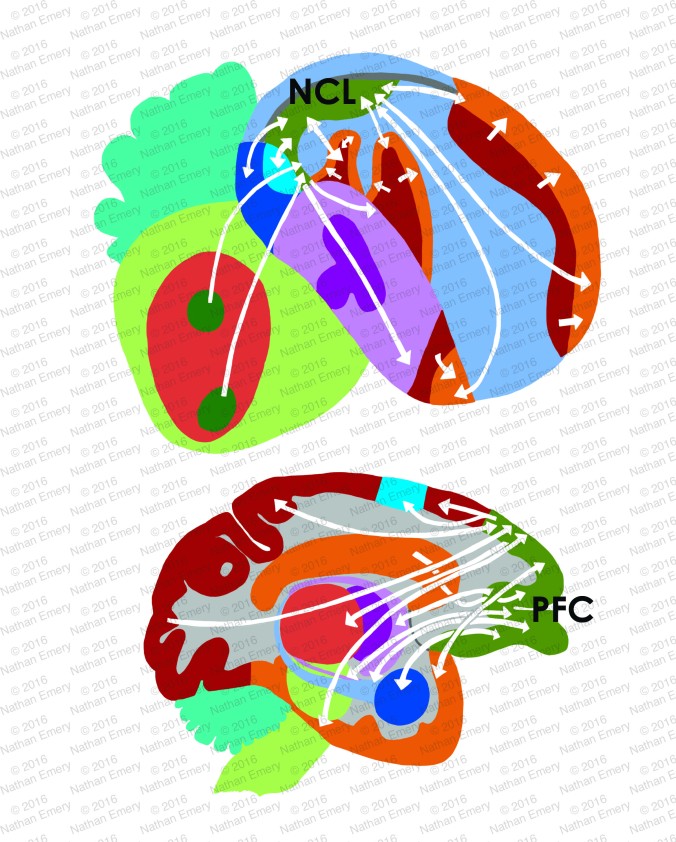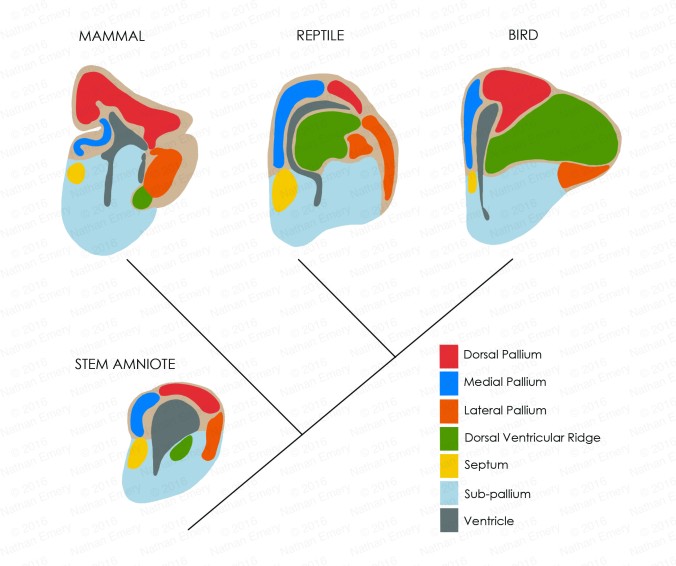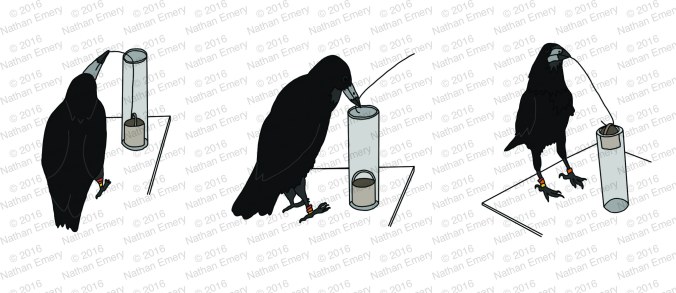
In 2002, Alex Weir, Alex Kacelnik & Jackie Chappell published a very short report in Science that shook the animal cognition community, and stunned others who had assumed that most birds were just birdbrains. They reported that a New Caledonian crow called Betty, who they had transported all the way from the small Western Pacific island of New Caledonia to their lab in Oxford, had done something that no other animal had been reported doing before. She made a hook tool to solve a novel problem. Betty, and her male partner, Abel, were presented with a puzzle. A tube held a small bucket, which in turn held a bucket with a handle. Inside the bucket was a treat, a piece of heart. But how to get to the treat? The crows were presented with two pieces of wire; one that had been bent into a hook, the other straight. From the start, Abel took the bent hook, not actually using it himself, leaving Betty only with the straight piece. What she did next was totally unexpected. She pushed one end of the wire into a corner of the tray holding the tube and with a little manipulation, she bent the wire into a hook, inserted it into the tube, looped the bent end under the handle of the bucket and raised it to within beak reach, so she could feast on the meat. Kacelnik and his team presented this same problem to Betty to see if she would repeat her actions, which she did, creating a new hooked tool every time.
New Caledonian crows were known to make and use hook tools in the wild, first described in detail by Gavin Hunt, University of Auckland, after hundreds of hours of painstaking observation and piecing together evidence of tools from the detritus left behind. But despite being hooks, these tools are quite different from hooks created from a pliable material that remains as a hook after bending. The tools Hunt described were either created and fashioned from the detached ends of torn off branches which naturally produce a hooked end, but which can be shaped into more recognisable hooks by chipping away stray bits of bark, or they were a natural part of the Pandanus leaves used to make a variety of different tools, with barbs along one side of the leaf functioning as primitive hooks. Until now, these hooks were thought to be the only hook-like tools created by these crows. However, Christian Rutz and his team (University of St Andrews) report today in Royal Society Open Science that crows captured and tested in the lab consistently demonstrate a different kind of hook tool-making more akin to that used by Betty. They used a different, more pliable material – Desmanthus virgatus, a perennial shrub – to bend into hooks they could use to access more of the holes containing the tasty rewards of their efforts. As the majority of birds tested used this method, this suggests that it’s part of the New Caledonian crow behavioural repertoire directed towards making tools, so Betty’s remarkable behaviour in the Oxford lab was perhaps not so remarkable after all. Indeed, Rutz et al suggested that “the most compelling case to date of spontaneous hook shaping from supplied wire pieces comes from a different corvid species, the rooks..for which we can more confidently exclude a predisposition to bend tools” (Rutz et al, 2016, p. 3). In a news story published by Science news about this finding, Rutz went further suggesting that Betty “might have been a little robot, just following a natural, behavioural routine” (Virginia Morell, 2016).
To put the reference to rooks in context, we need to go back to 2009, where my PhD student, Chris Bird and I published a massive series of experiments on the tool-using capabilities of rooks, who don’t naturally use tools in the wild (the paper is available to download on this website in Publications). As part of the study, we presented four rooks with a replica of the Betty wire-bending experiment, but with a taller tube for the larger rooks and providing a different treat (a waxmoth larvae). We were stunned to see that 3 out of 4 rooks spontaneously created a hook on their first trial of being presented with straight wire, and the fourth bird did so on their 4th trial. Although the rooks weren’t successful on every trial, they did manufacture a hook on every trial, suggesting they had either learned very rapidly from their initial success and applied the same technique every time or they had the design of a hook in mind before they started the first trial. An extreme killjoy explanation might suggest that because the rooks had taken part in a previous experiment in which they learned to insert a pre-made wooden hook into a similar apparatus, they generalised this insert action with a new object, and that rapid learning about the material (i.e. that it bends) was sufficient enough to enable them to modify this material in an appropriate way to function as a tool. All this in a creature that doesn’t use tools! Learning theorists have presented me with this suggestion, and I find it difficult not to roll my eyes when I think they seriously believe this unlikely series of actions performed in such a short space of time is the most parsimonious explanation for the birds’ behaviour and so consistently across multiple birds. In this scenario, the successful birds, the first time they experience this new material, insert the piece of wire into the tube. By accidentally pulling on the top of the wire, either because they are trying to reach the food or because they are just naturally trying to manoeuvre the tool under the bucket handle, eventually create a bend at the top of the wire near the top of the tube. They retrieve the tool, turn it over and insert the hooked end back into the tube before eventually hooking the bucket and pulling it out to enjoy the treat.
A rather poor quality video on YouTube of the rooks wire-bending (and interview with Chris Bird)
I don’t believe this scenario, but that’s not to say I’m right. I’ve changed my mind about a more extreme explanation for this behaviour I took a few years ago; that this is a clear case of insight. I was so adamant that this was insight that I wrote a book chapter defending the position. I presented a more sceptical assessment in Bird Brain and now I’m not sure at all. Perhaps I have become more sceptical with age! Ultimately, the only way to advance is to do more science. To start I’m going to perform a micro-analysis of the original wire-bending videos – frame by painful frame – to see if there’s anything in each rook’s behaviour before, during and after they successfully retrieve the treat, compared to their unsuccessful trials. This might get us a little closer to knowing whether our rook studies are truly the best example of spontaneous wire bending in animals, whether they just happen to be smart in other ways without using insight or whether they just happen to be exceptionally fast learners. Without new rooks and the facility to house them, a repeat of this experiment is not happening any time soon. I do think that Rutz and colleagues are correct to question whether there is something in rooks’ natural behaviour involving objects, such as nest-building, that might be a key to their captive tool use (something I suggested in my notorious insight article). Do they bend sticks when building their nests? Do these bends occur before the sticks are inserted or are they the consequence of inserting sticks into a bundle of other sticks? Studies in both captive and wild populations will hopefully address these questions. However, whatever we discover about rooks and hooks, I don’t think it’s fair or correct to dismiss Betty’s actions 14 years ago as simply robotic.
One thing I would have loved to have seen in Rutz et al’s report, that may be something they are planning for the future. What would happen if their crows were presented with an adapted replication of the Betty experiment, in which the crows could only use natural tools, not wire to solve the task? Would their crows be able to make and use hooks capable of pulling up the bucket in the same way as wire hooks?
Hook tools may have been part of Betty’s natural tool-making repertoire, but that still doesn’t explain how she translated the motor programme for making hooks from pieces of shrub to making hooks from wire, a novel material not found in nature. Despite what may be revealed about these fascinating birds in the future, I still remain amazed when I see the original video of Betty creating a hook. It still causes all who watch it to elicit an audible intake of breath from school children to seasoned professors. If nothing else, it has helped turn on so many people to the amazing cognitive abilities of animals, especially the continually intriguing corvids.
